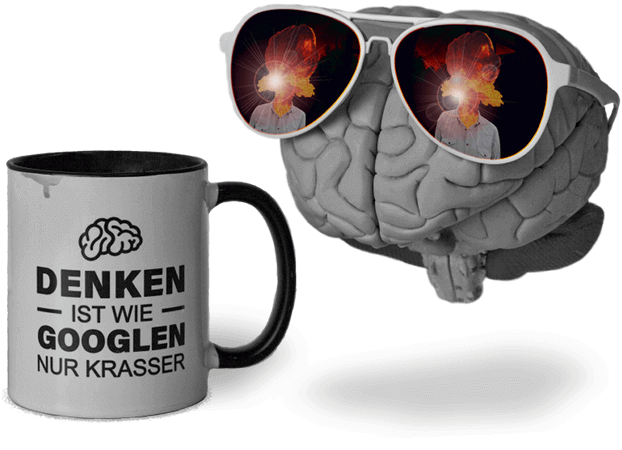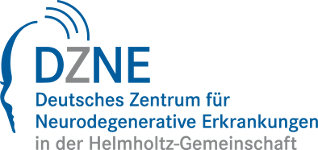BrainHack Magdeburg
May 3–5, 2018
2 ½ days; a good network connection; fancy hardware; and a whole lot of caffeine and tasty food.
Let's see what a motivated group of scientists, thinkers, coders, makers, writers, and anyone else can accomplish when given what they need most.
Have an idea? Share it with us.
Let's make it together.

What is a BrainHack?
A BrainHack is a collaborative event, much like an "Unconference" or a "Hackathon", where motivated people with diverse skill‑sets come together and combine their ideas and expertise to contribute to projects, discussions about intriguing questions, and the advancement of methods in neuroscience.
It is best characterized by its focus on flexibility and self‑organization — centered around the interests and capabilities of its attendees, rather than predetermined schedules and topics. What the BrainHack itself does is facilitate an environment to support and encourage the creation of results with real value.
Whatever your background, skill‑set, or level of expertise, you are encouraged to join us and participate: propose and discuss ideas, provide tutorials, or contribute to activities initiated by others. If you're motivated, even just by curiosity, we want what you have to share.
The outcomes of a BrainHack are precisely what the attendees bring to it. Let's see what we can do together when given the environment, resources, and focus to make it happen.
Acquisition Equipment
For those who are interested in acquiring data or experimenting‑with / validating acquisition methods, we have arranged access to:
- 2x EEG Cabins; 64‑channel
- synchronized cross‑cabin recording;
1x eye tracker (EyeLink 1000)
- laura.waite@ovgu.de
- Siemens Skyra 3T
- 32‑channel head coil and optical motion
tracking for prospective motion correction
- falk.luesebrink@ovgu.de
- Elekta Neuromag TRIUX MEG
- 102 Magnetometers, 204 planar gradiometers;
optional simultaneous 64‑channel EEG
- reinhard.koenig@lin-magdeburg.de
- Siemens Magnetom 7T
- 32‑channel head coil and optical motion
tracking for prospective motion correction
- stadler@lin-magdeburg.de
- Philips 3T Achieva dStream
- 32‑channel head coil; eye tracker
(EyeLink 1000)
- stadler@lin-magdeburg.de
- 8 channel OpenBCI mobile EEG
-
- jiahua.xu@med.ovgu.de
- 2x Pupil Labs VR eye‑trackers and HTC‑Vives
- with controllers and motion tracking
- nico.marek@ovgu.de

Non-Acquisition Resources
These additional (non‑caffeinated) resources are also available:
- Computational Cluster
- A small computational cluster used for
neuroscience research at OvGU. 16 nodes with
300 CPU cores and 2.5 TiB of RAM.
- alexander.waite@ovgu.de
- Study Forrest Dataset
- A collection of datasets, publicly released for
unrestricted use, covering functional and structural brain
imaging, eye tracking, physiological recordings, and numerous
annotations of the structure of the movie stimulus.
- michael.hanke@gmail.com
- studyforrest
- Highest Res T1-Weighted In Vivo Whole Brain
- Contains structural MRI data at different
resolutions of a single subject — including the world's
highest resolution T1‑weighted in vivo whole brain
MRI dataset.
- falk.luesebrink@ovgu.de
- dataset











